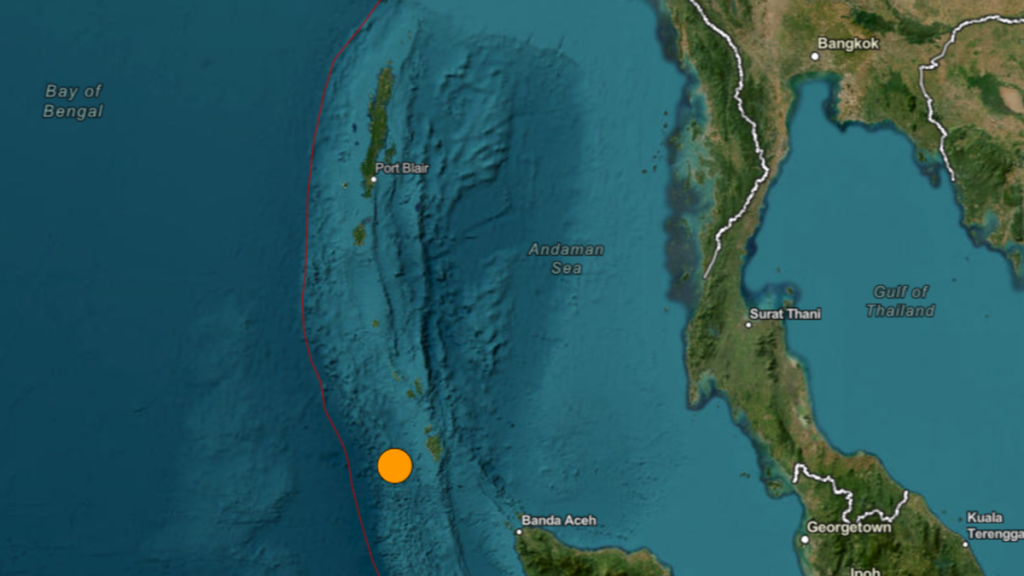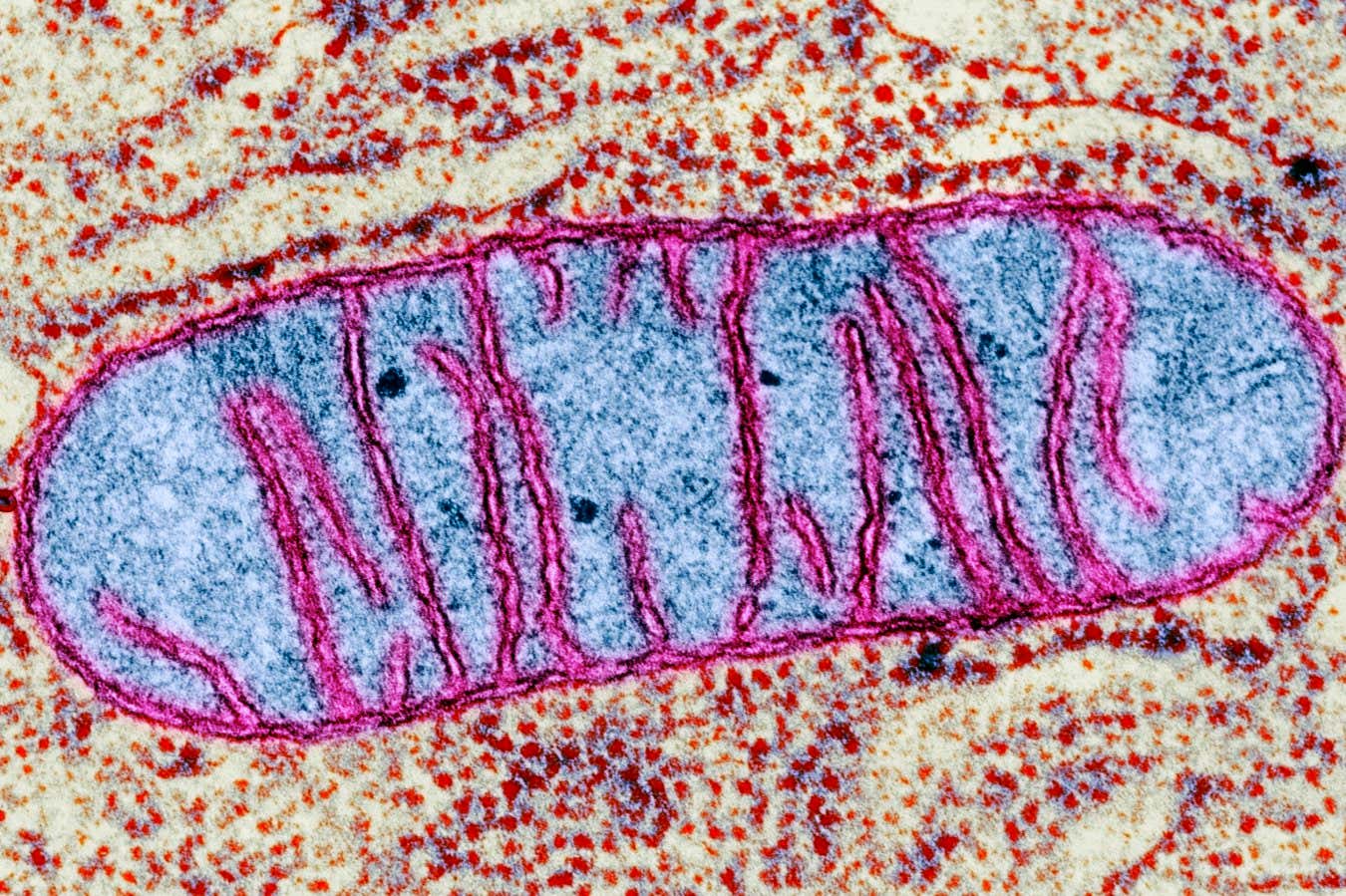Now Reading: Australia’s Toxic Algal Bloom Threatens Seadragon Population
-
01
Australia’s Toxic Algal Bloom Threatens Seadragon Population
Australia’s Toxic Algal Bloom Threatens Seadragon Population

Rapid Summary
- Event: A massive bloom of toxic algae, caused by Karenia mikimotoi, is endangering marine life along the southern coast of Australia.
- Impact on Wildlife: Thousands of leafy seadragons (Phycodurus eques) and common weedy seadragons (Phyllopteryx taeniolatus) have died since March 2025, with populations severely affected due to clogging of gill pores by algae and limited mobility. Other marine species, like dolphins and great white sharks, are also impacted.
- Human & Economic Effects: Swimmers and surfers have reported sickness.Oyster harvesting areas have been closed for months due to contamination risks.
- Causes: the bloom was triggered by a marine heatwave (September 2024) with temperatures rising 2.5°C above average, compounded by flooding from the Murray River in preceding years that flushed nutrients into Gulf St Vincent near Adelaide. An unusual upwelling of nutrient-rich waters worsened conditions further.
- Government Response: State and federal governments allocated AUD$28 million for mitigation efforts targeting biodiversity loss and recovery measures.
- Environmental Concerns: Experts warn about broader implications for wildlife reproduction since adult seadragon population depletion will reduce offspring during the late 2025/early 2026 breeding season in heavily affected areas.
- Climate change-driven temperature increases could worsen algal blooms in future summers.
Indian Opinion Analysis
Although this environmental crisis directly unfolds off Australia’s coastlines, it highlights broader challenges that resonate globally-including India-regarding climate change’s role in exacerbating biodiversity loss around fragile ecosystems such as coral reefs or coastal wetlands. Rising sea surface temperatures coupled with human-induced pollution set dangerous precedents for sensitive aquatic species worldwide.
For India specifically-with considerable coastline biodiversity including mangroves and endemic species-lessons can be drawn from proactive monitoring systems seen here or emergency funding deployed locally against ecological cascades… More themes long-term Regulatory efforts Agreements diligence tightening catchments minimize adjacency collapses harms cascading




























